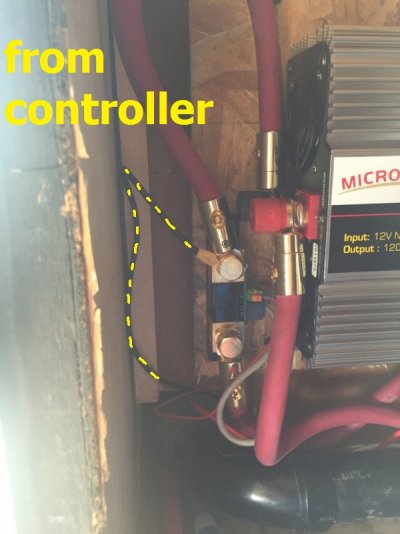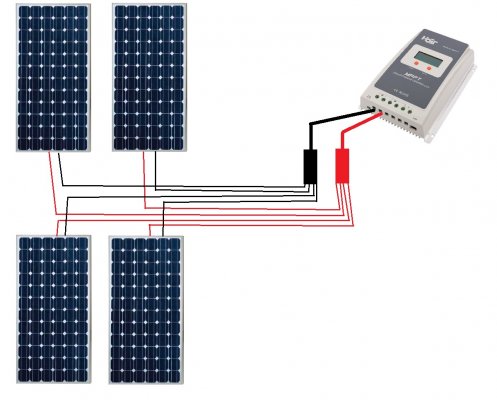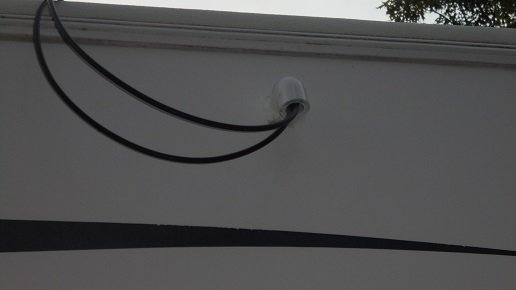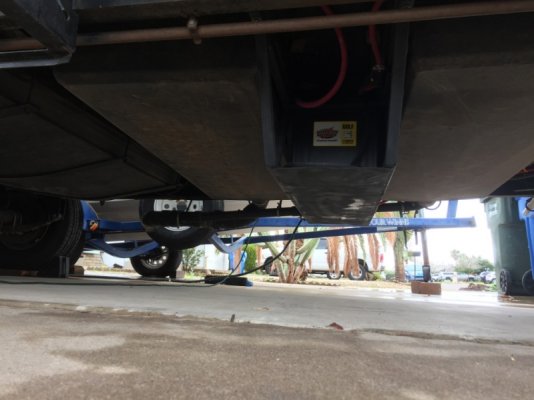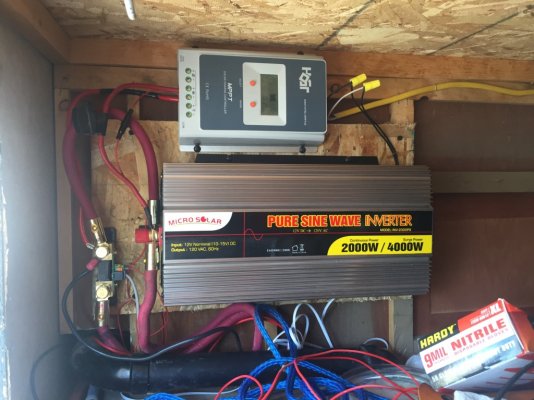Kevin Means
Site Team
Solar "trackers" are pretty much non-existent for RV rooftops (pretty impractical too) so I think you're probably talking about solar panel tilt kits. There are a variety of them on the market, but make sure you get the kind that allow the panels to be tilted to various angles. Some only allow panels to be adjusted to one pre-set angle, or they're flat.
Running the wires is always the challenge. Fridge vents are common entry points, but I wouldn't hesitate to drill through the roof somewhere that would allow me to run the wires on a more asthetically pleasing path - especially if was a shorter distance to the controller. Dicor is your friend. However, if doing so meant that the wire run would be substantially longer, I'd have to think about that.
However, if doing so meant that the wire run would be substantially longer, I'd have to think about that.
Kev
Running the wires is always the challenge. Fridge vents are common entry points, but I wouldn't hesitate to drill through the roof somewhere that would allow me to run the wires on a more asthetically pleasing path - especially if was a shorter distance to the controller. Dicor is your friend.
Kev

